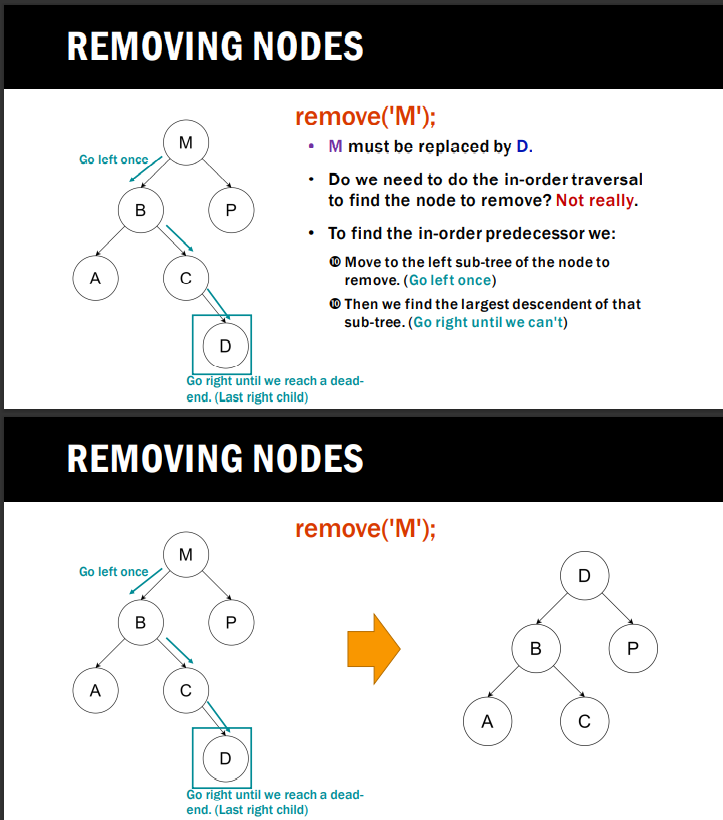Question
Implement the remove(K key) method recursively package trees; import java.util.Comparator; import interfaces.BinarySearchTree; import interfaces.Entry; public class LinkedBinarySearchTree implements BinarySearchTree { /** * * @param -
Implement the remove(K key) method recursively

package trees;
import java.util.Comparator;
import interfaces.BinarySearchTree; import interfaces.Entry;
public class LinkedBinarySearchTree
public BTEntry(K key, V value) { super(); this.key = key; this.value = value; } public void setKey(K key) { this.key = key; }
public void setValue(V value) { this.value = value; }
@Override public K getKey() { return this.key; }
@Override public V getValue() { return this.value; }
} /** * Private class that will represent the nodes of the Tree. * Notice it differs from the TreeNode from the more general Tree and BinaryTree. * This is due to this one needing key-value pairs. * @author Manuel Rodriguez * * @param
/* * BST Implementation starts here */ private BTNode
/** * Adds a Node to the BST in its corresponding position. * If key is already in the BST it doesn't get added. * * @param key - key we want to add to the BST. Cannot be null. * @param value - Value associated to the given key we want to add. Cannot be null. */ @Override public void add(K key, V value) { // TODO Auto-generated method stub if(key == null || value == null) throw new IllegalArgumentException(); // Check if it's the BST is empty if(this.root == null) { this.root = new BTNode(new BTEntry
/** * Recurive helper method for the get(). Finds and returns the Entry with the given key. * @param n - Current node. We continue searching based on the key of this node. * @param key - Key we are searching for. * @return Entry with the given key. Null if not found. */ private Entry
//HERE } /** * Returns size of the BST. How many nodes it has. */ @Override public int size() { // TODO Auto-generated method stub return this.size; }
/** * Returns whether the BST is empty. */ @Override public boolean isEmpty() { // TODO Auto-generated method stub return this.root == null; }
/** * Prints the BST. It's printed from left to right, NOT top to bottom. * Root is the leftmost element. Left children will be below the root and right children will be above the root. */ public void print() { this.printAux(this.root, 0); }
private void printAux(BTNode System.out.print(" "); } System.out.println(N.getValue().getKey()); this.printAux(N.getLeftChild(), i + 4); } } }
Step by Step Solution
There are 3 Steps involved in it
Step: 1

Get Instant Access to Expert-Tailored Solutions
See step-by-step solutions with expert insights and AI powered tools for academic success
Step: 2

Step: 3

Ace Your Homework with AI
Get the answers you need in no time with our AI-driven, step-by-step assistance
Get Started


